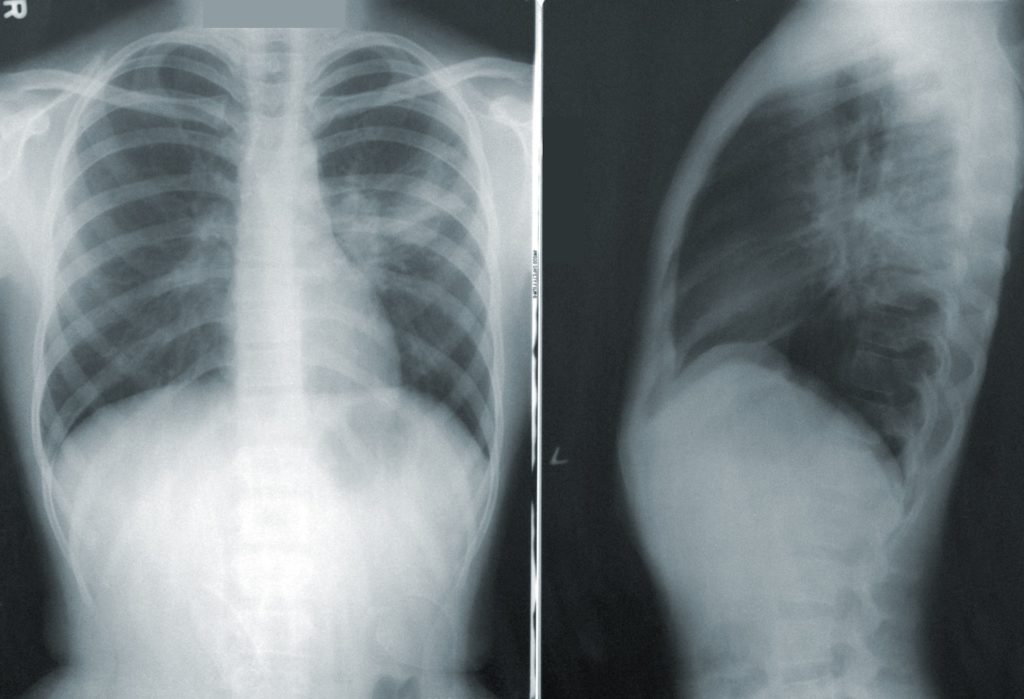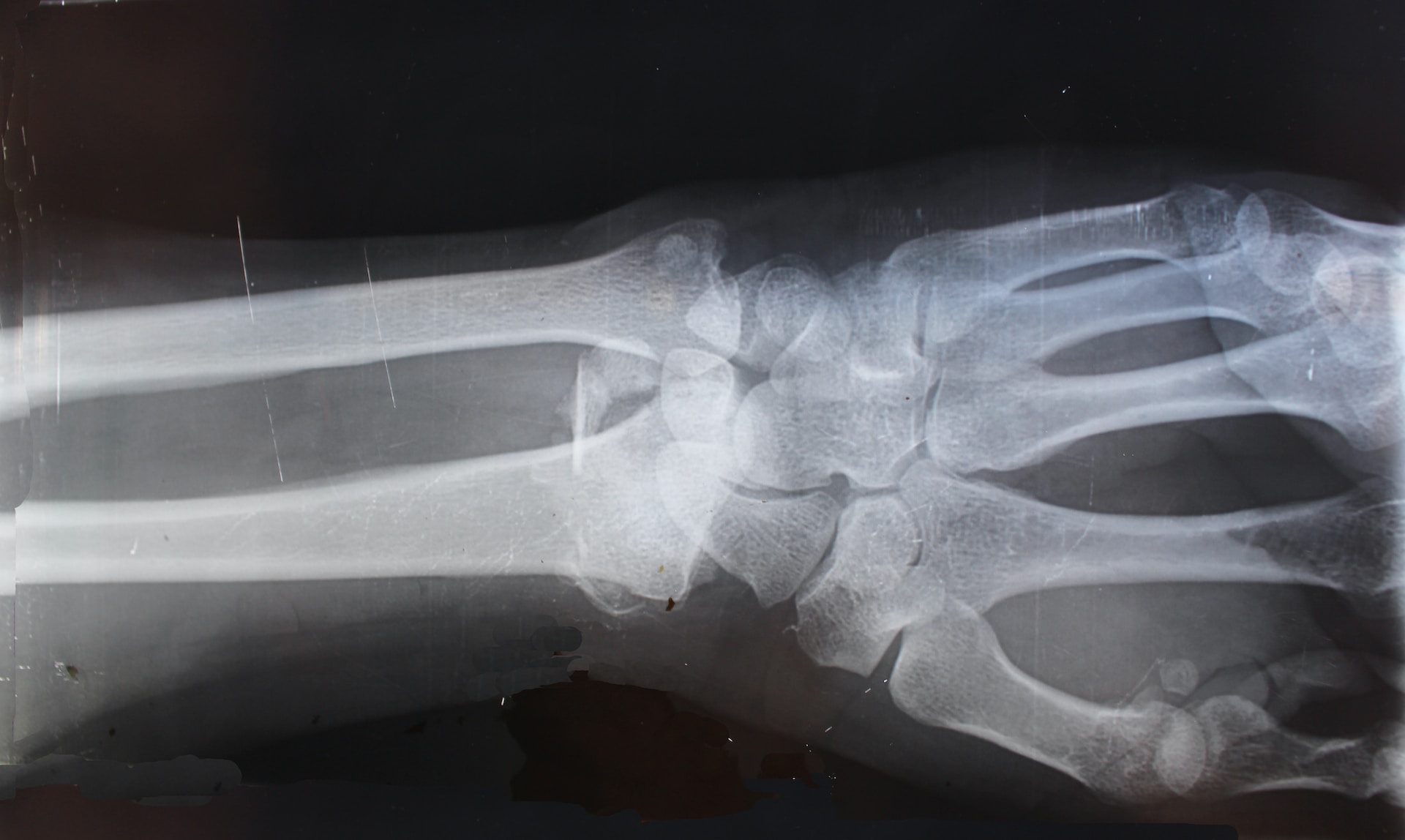Utilizing X-rays as your essential investigative tool, you will delve into hidden medical enigmas veiled beneath skin and bone. You will comprehend how they have significantly transformed the medical field, contributing indispensably to diagnoses and treatments. However, please bear in mind that they come with certain risks.
Let’s delve into the function, advantages, and safety measures related to X-rays. Brace yourself, as we are about to navigate through the intriguing realm of medical X-rays.
Key Takeaways

- X-rays are essential in disease diagnosis, revealing fractures, infections, or tumors.
- X-rays play a crucial role in treatment planning, helping surgeons and oncologists make informed decisions.
- Excessive radiation exposure can increase the risk of cancer, but the amount used in medical X-rays is relatively low.
- The future of medical X-rays involves AI integration, portable machines, 3D imaging, lower radiation doses, and real-time imaging for faster diagnoses and treatment.
The Discovery of X-Rays
You’d be amazed to know that the discovery of X-rays, a monumental leap in medical diagnostics, happened purely by accident.
In 1895, a German physicist named Wilhelm Conrad Roentgen stumbled upon this phenomenal discovery while experimenting with cathode rays. He noticed a fluorescent glow of crystals on a table near his tube, even though the tube was shielded.
This mysterious radiation, which he dubbed ‘X-rays’ for their unknown nature, could pass through most substances, including the human body. Fascinatingly, they were blocked by denser materials like bones, creating an image that could be captured on photographic plates.
Imagine that! A simple, unintended observation paved the way for a revolutionary medical tool, transforming diagnostics forever.
Fundamental Principles of X-Rays
Building on Roentgen’s groundbreaking discovery, let’s delve into understanding the fundamental principles that govern the operation of X-rays, a tool you’ll find indispensable in today’s medical diagnostics.
X-ray imaging works on the principle of differential absorption, producing images based on the varying degrees to which tissues absorb X-rays.
To add depth, let’s briefly discuss some key principles:
- Ionization: X-rays can knock electrons off atoms, causing ionization.
- Absorption: Different tissues absorb X-rays at different rates.
- Scattering: X-rays can be deflected, leading to image noise.
- Density: Denser tissues absorb more X-rays, appearing white on images.
- Contrast: By injecting or swallowing contrast media, doctors can highlight certain areas.
Understanding these principles helps you appreciate the diagnostic power of X-rays.
X-Rays in Diagnosis
In your journey through modern medicine, you’ll find that X-rays serve as an essential tool in disease diagnosis. They’re used to get a detailed look inside your body, helping detect abnormalities that may be causing discomfort or illness.
For instance, X-rays can reveal fractures, infections, or tumors that might be hiding beneath your skin. They’re also invaluable in dentistry, revealing cavities and other dental problems. In chest medicine, they’re used to diagnose lung conditions like pneumonia or cancer.
With X-rays, doctors can make informed decisions about your treatment. Despite their age, over a century, X-rays remain one of the most reliable, non-invasive ways to diagnose a host of medical conditions.
X-Rays in Treatment Planning
Beyond the realm of detection, X-rays play a crucial role in the planning of your treatment, allowing for precision and effectiveness in medical procedures. They’re not just about finding what’s wrong, but also about deciding how to make it right.
X-rays can help in:
- Deciding the approach: Surgeons use X-rays to plan the exact location to operate.
- Radiation therapy: Oncologists utilize them to target the precise area requiring treatment, minimizing damage to healthy tissues.
- Monitoring: They’re used to check the progress of treatments like orthopedic surgeries.
- Preventive measures: Dentists use X-rays to spot issues early before they become serious problems.
- Treatment modification: Doctors can adjust your treatment plan based on the information from the X-rays.
Thus, X-rays aren’t just for diagnosis—they’re an essential part of your comprehensive healthcare.
The Future of Medical X-Rays
Despite the risks you’ve learned about, let’s now turn our attention to the exciting developments on the horizon for medical X-rays. Technology is advancing rapidly, and these advancements hold great promise for the future of radiology. They’re set to enhance not just how we diagnose and treat diseases, but also how we manage healthcare.
Here’s a glimpse into what the future might hold:
- AI integration: AI can help in image interpretation, thus reducing human error.
- Portable X-ray machines: These will make X-rays more accessible, particularly in remote locations.
- 3D imaging: This will allow for a more detailed and precise view of the body.
- Lower radiation doses: Technological advancements promise to decrease radiation exposure.
- Real-time imaging: This will enable doctors to make faster diagnoses and start treatment sooner.
Who is Physicians Group?
The expert team at Physicians Group, LLC, a specialized clinic for automobile accident injuries, offers comprehensive care across a network of 25 accessible locations.
TOUCH BASE FOR ASSISTANCE WITH YOUR APPOINTMENT ONLINE
With a widespread presence in regions including Auburndale, Bradenton, Brandon, Palmetto, Ft Myers, Jacksonville Beach, Jacksonville, Orange Park, Lakeland, Clearwater, New Port Richey, Port Charlotte, Sarasota, Sebring, Spring Hill, St. Petersburg, Tampa, Temple Terrace in Florida, as well as Brooklyn Park, Robbinsdale, Minneapolis, Richfield, and St Paul in Minnesota, Physicians Group, LLC is a prime destination for addressing injuries post-automobile accidents.
Our Expertise
Endorsed by The Joint Commission, Physicians Group, LLC stands as a comprehensive hub for the treatment of musculoskeletal injuries. Its multidisciplinary team comprises of seasoned medical doctors, skilled chiropractors, osteopathic professionals, attentive nurse practitioners, and proficient physician assistants.
The group is adept at managing a spectrum of musculoskeletal discomforts, from joint, back, to neck pain. By leveraging state-of-the-art technology and diagnostic tools like DynaROM™ motion testing, digital motion X-rays (DMX) for the cervical spine, and cutting-edge regenerative therapies, they are equipped to foster optimal recovery.
Emphasizing a nurturing, patient-focused atmosphere, the dedicated personnel at Physicians Group, LLC ensures thorough consultations and in-depth discussions, allowing them to grasp every patient’s specific complaints and aspirations fully. Treatment plans emphasize non-invasive and integrative approaches, with surgical interventions being considered as necessary.
Don’t allow the aftermath of vehicle accidents to impede your lifestyle. Initiate your path to recovery at Physicians Group, LLC by reaching out to your local branch or by securing an appointment through our online platform.




